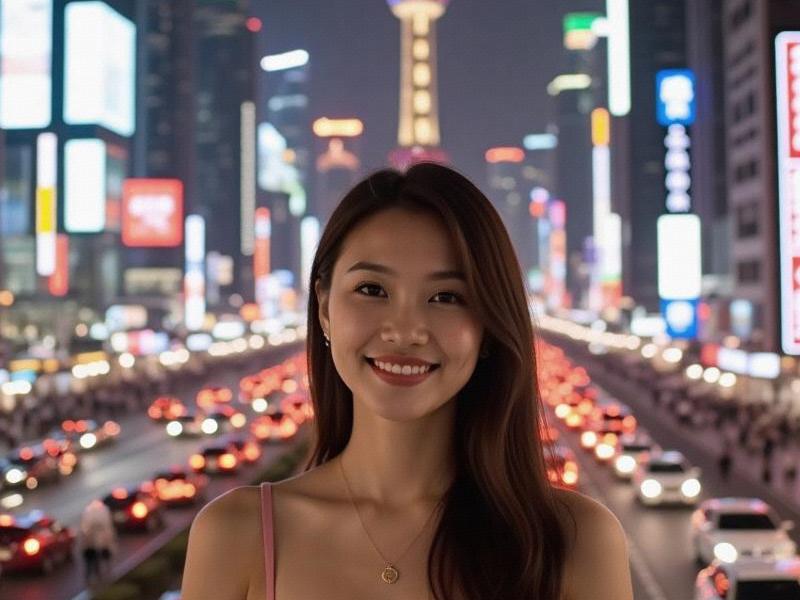
[Redefining Nightlife in China's Global City]
At 9 PM in the Lujiazui financial district, a discreet elevator whisks international executives to a 58th-floor members' club where mixologists deconstruct classic cocktails with rare baijiu vintages, while AI-powered climate systems maintain perfect humidity for both the vintage wine cellar and the live Ming Dynasty-style musical performance. This is Shanghai's new generation of entertainment clubs - spaces where billion-dollar deals are negotiated between karaoke sessions and where Chinese "mianzi" (face) culture meets blockchain-powered membership systems.
[Chapter 1: The Economic Engine]
Industry transformation (2025 data):
• 72% of high-end clubs now operate as "multi-dimensional experience centers"
• Average membership fee: $25,000 (platinum tier exceeds $120,000)
• Corporate events account for 61% of revenue in premium venues
• 83% employ former luxury hotel managers in operational roles
上海龙凤阿拉后花园 [Chapter 2: Cultural Architecture]
Signature Shanghai fusion elements:
• "Digital water towns" projection-mapping traditional landscapes
• Private dining rooms offering molecular interpretations of Huaiyang cuisine
• Tea sommeliers collaborating with mixologists
• VR-equipped "memory booths" capturing guest experiences
[Chapter 3: The New Clientele]
Demographic shifts:
• 58% female membership in top-tier clubs (global average: 39%)
上海龙凤419社区 • Average age: 36.5 (down from 42 in 2020)
• 47% hold C-suite positions in multinationals
• International members comprise 52% at flagship venues
[Chapter 4: Smart Hospitality]
Technological integration:
• Facial recognition for VIP arrivals
• Blockchain-based beverage authentication
• AI concierges predicting guest preferences
• Holographic performers replacing traditional DJs
爱上海419 [Regulatory Tightrope]
Operating challenges:
• Strict 2 AM closing ordinance (extensions for cultural events)
• Mandatory "clean entertainment" certification
• Alcohol serving limits tracked via IoT systems
• 24/7 surveillance feeds to municipal monitors
[Conclusion: The Shanghai Standard]
As dawn breaks over the Huangpu River, the last guests depart venues that have become microcosms of Shanghai itself - spaces where mahjong tiles click beside champagne corks popping, where augmented reality enhances thousand-year-old art forms, and where the city's relentless reinvention finds its most vivid expression. These clubs no longer merely entertain; they've become crucial nodes in global business culture, setting new benchmarks for how luxury hospitality evolves in the Asian century.
